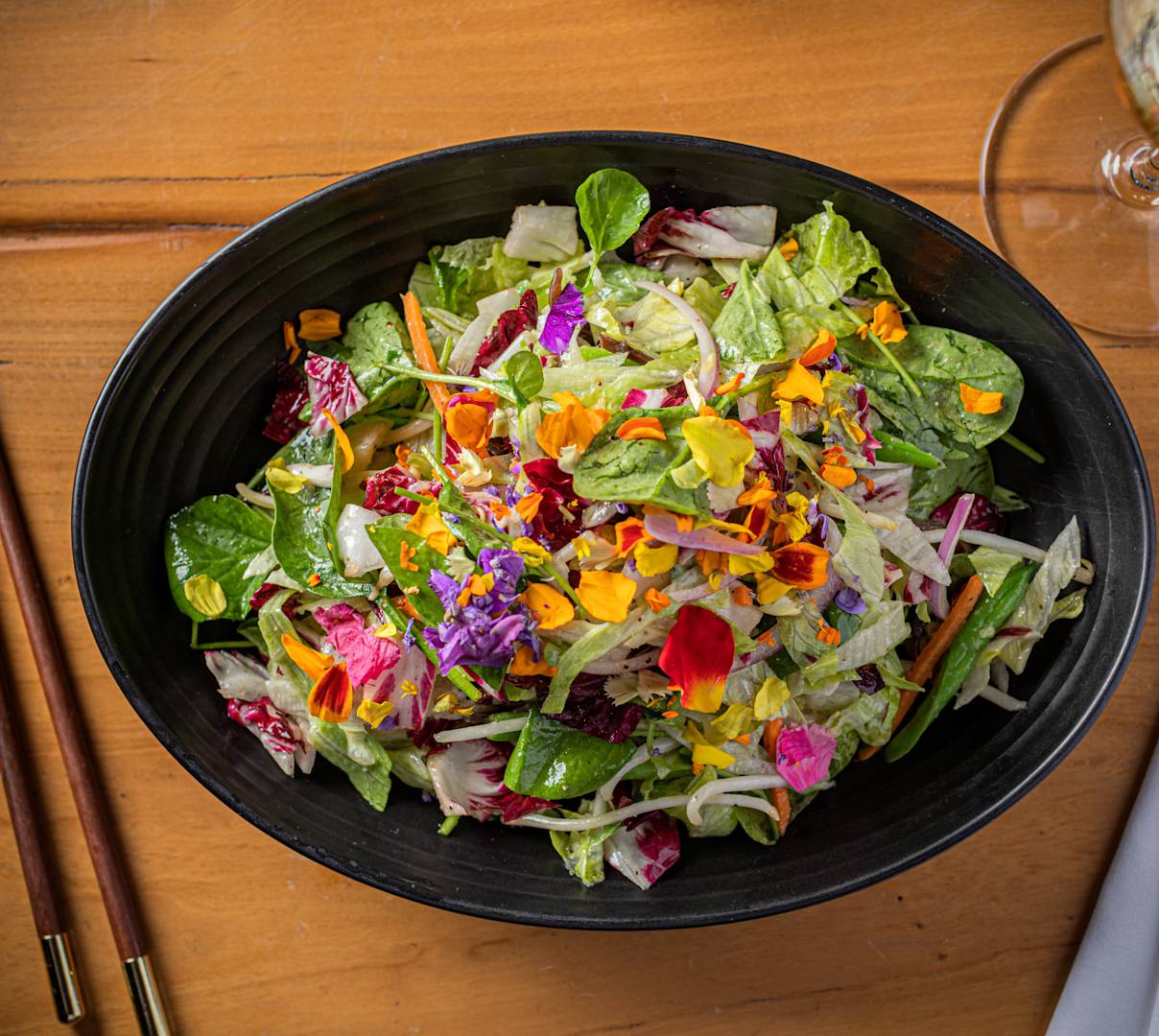Many of us may want to reset and discover new healthy habits, but it’s easy to feel totally overwhelmed by the wellness world before you even dip your toe in. One friend swears by Whole30, another can’t stop talking about the benefits of intermittent fasting, and why is your brother putting butter in his coffee?
But then there’s intuitive eating, which may be a more accessible approach to healthy eating for the fad-averse. Intuitive eating is an eating style that teaches you how to recognize your body’s hunger and fullness cues. Developed by two dietitians in the mid ’90s, this evidence-based practice emphasizes mindfulness and a gentle approach to nutrition as the path to good health. In other words, it’s not really a diet at all. Interested? Here are a few tips to get started.
1. Listen to your body.
If you skip breakfast, eat until your stomach hurts at lunch, then fall asleep in your afternoon meeting, you’re likely not paying attention to your body’s hunger and satiety cues. One of the main principles of intuitive eating is to honor your hunger: basically, learn to recognize when you feel hungry, eat before it’s a dire situation, and stop before you’re Thanksgiving-full.
2. Have a plan.
It’s hard to eat mindfully when you’re full-on hangry. Make sure you’ll have access to food you want to eat before you start your day. Meal-prepping not your style? Schedule a food delivery in advance so food is on your doorstep when the time is right.

3. Focus on your food.
Whether you’re working from home or in the office, many of us scarf down our meals in front of our computers (hopefully with video turned off). We’re often doing and thinking about a million other things, which makes it incredibly difficult to focus on how our food is making us feel. Relocate to the kitchen table for 15 minutes, and you might just have a better sense of when you’re still hungry versus when you’re full.
4. Move mindfully.
Like focusing on our food, carving out time to move is an important component of intuitive eating because it brings you back in touch with your body, helping you to understand what it actually needs. Take a walk outside or do some simple stretching. Maybe you’re hungrier than you realized, or maybe what you thought was hunger is actually thirst, restlessness, or fatigue.





